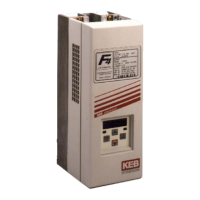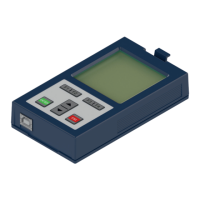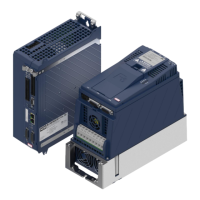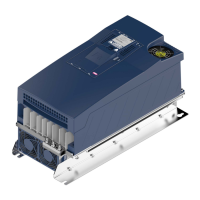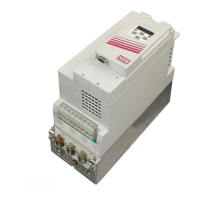7.3.2 Encoder Learn
For PM motors, an encoder learn must be done to learn the encoder position of a motor
pole. An Induction motor does not have encoder learns. The encoder position is
important for the drive to know where current needs to be applied on the motor. If the
encoder position is incorrect and the current is applied incorrectly, the motor will
experience high current. There are two types of encoder learns: stationary pole
identification (SPI) and pole position learn. Only one of the learns need to be done, but
both learns have different means of set up and have different benefits.
The encoder synchronization is an optional learn and is not required for the motor to
spin. This learn can help determine the correct AB phasing of the encoder and the
rotation on the motor. This learn is optional and can be done manually by changing LE03
Swap Encoder 1 Channels.
7.3.2.1 Stationary Pole Identification (SPI)
The stationary pole identification (SPI) can be done with the motor roped on or un-roped.
The SPI will learn the encoder position based on the parameter LE03 Encoder Channel
in encoder data, meaning that if the encoder channel is set incorrectly, the encoder
position for the motor is incorrect. To correct this manually, change LE03 Encoder
Channel and redo the SPI or do the encoder synchronization. For encoder
synchronization, refer to the Encoder Synchronization section. During the learn, the
motor should not spin and will make audible ping noises. To complete an SPI follow the
following instructions:
1. Disable the brake.
2. Set inspection speed to 0 (If US04 is set to serial or analog speed, the adjustment
will be on the controller. If US04 is binary or digital speed, the adjustment is in
speed profile parameter
3. LS03 Inspection Speed).
4. Go to parameter LL05 SPI (HOME SCREEN > F3 PROG > TUNE PARAMETERS >
LL05 - SPI).
5. Change to .
6. Press ENTER on Start.
7. Give a command on inspection in either direction and learn will start, and the motor
will start to ping (10 times).
8. Once the learn is complete, the screen will display . This can also
be found in parameter LE06 Encoder 1 Pole Position.

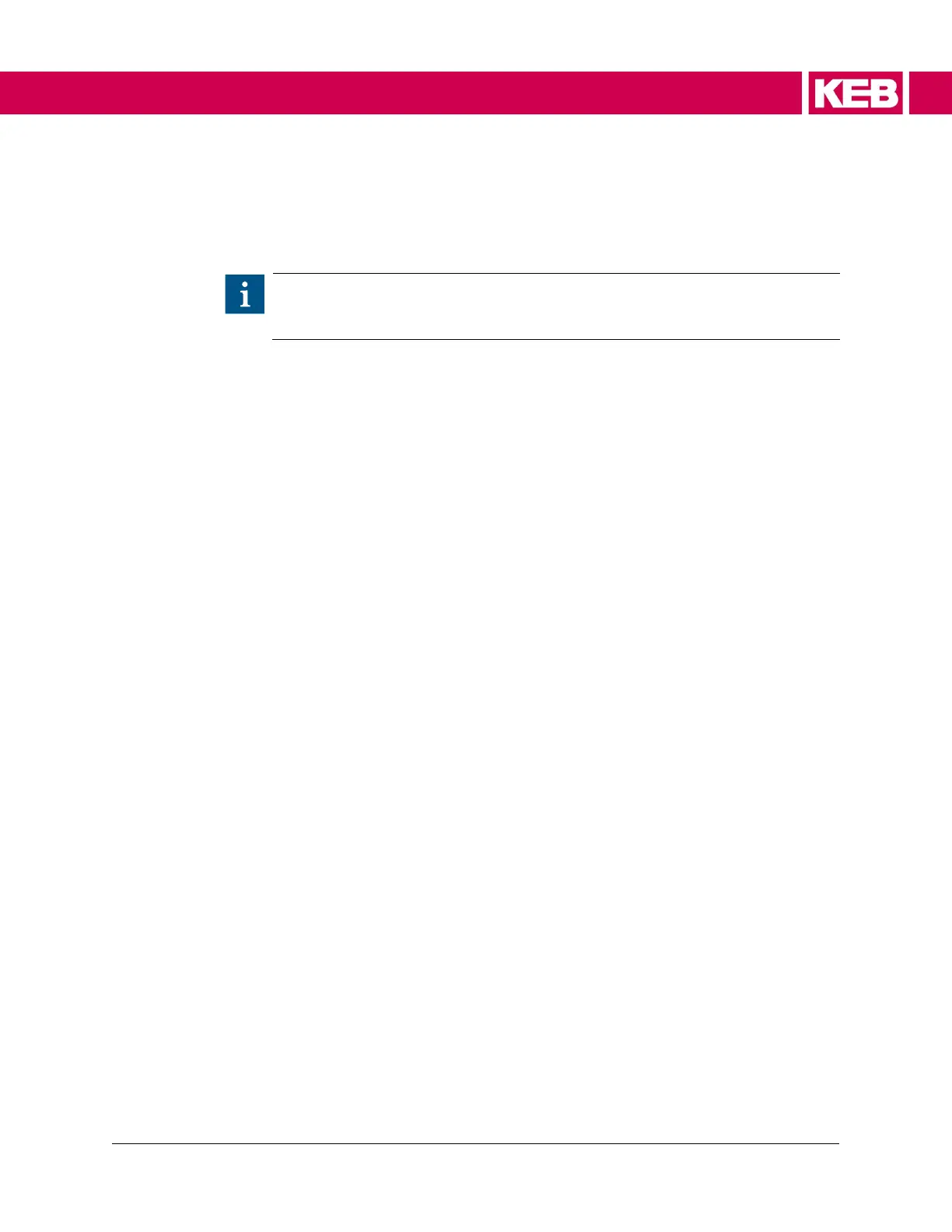